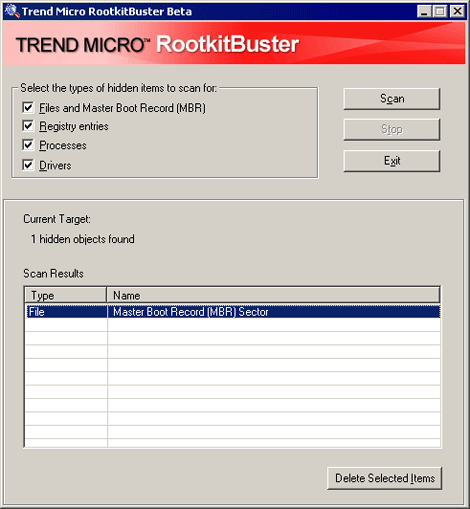BKDR_POISON.HNUS
Backdoor:Win32/Poison.E (Microsoft), Trojan-Dropper.Win32.Injector.fctw (Kaspersky), Backdoor.Darkmoon!gen6 (Symantec), BackDoor-DKI.gen.cz (McAfee), W32/POISON.HNUS!tr.bdr (Fortinet), Backdoor.Win32.Poison (Ikarus),
Windows 2000, Windows XP, Windows Server 2003


Threat Type: Backdoor
Destructiveness: No
Encrypted:
In the wild: Yes
OVERVIEW
This backdoor arrives on a system as a file dropped by other malware or as a file downloaded unknowingly by users when visiting malicious sites.
It connects to a website to send and receive information.
TECHNICAL DETAILS
Arrival Details
This backdoor arrives on a system as a file dropped by other malware or as a file downloaded unknowingly by users when visiting malicious sites.
Autostart Technique
This backdoor adds the following registry entries to enable its automatic execution at every system startup:
HKEY_LOCAL_MACHINE\SOFTWARE\Microsoft\
Windows\CurrentVersion\Run
Google LiveUpdates = "%System%:GoogleLive.exe"
Backdoor Routine
This backdoor connects to the following websites to send and receive information:
- {BLOCKED}rn.com
NOTES:
This backdoor creates an Alternate Data Stream (ADS) copy of itself:
- %System%:GoogleLive.exe
This routine allows this backdoor to hide itself from detection. It also allows it to execute whenever the Windows system folder is accessed.
SOLUTION
Step 1
For Windows XP and Windows Server 2003 users, before doing any scans, please make sure you disable System Restore to allow full scanning of your computer.
Step 2
Using Trend Micro Rootkit Buster
RootkitBuster is a rootkit scanner that can check through hidden files, registry entries, processes, drivers, and hooked system services.
To use this tool, do the following:
- Download the tool from the following link and extract it to a temporary folder:
https://www.trendmicro.com/download/rbuster.asp - Run the RootkitBuster.exe file.
- On the upper left corner, select the types of hidden items that you wish to scan. We recommend selecting all types.
- Click the Scan button.
- The system is infected by this malware if the Scan result is similar to the image below:

Step 3
Terminate the malware/grayware/spyware process:
Step 4
Delete this registry value
Important: Editing the Windows Registry incorrectly can lead to irreversible system malfunction. Please do this step only if you know how or you can ask assistance from your system administrator. Else, check this Microsoft article first before modifying your computer's registry.
- In HKEY_LOCAL_MACHINE\SOFTWARE\Microsoft\Windows\CurrentVersion\Run
- Google LiveUpdates = "%System%:GoogleLive.exe"
- Google LiveUpdates = "%System%:GoogleLive.exe"
Step 5
Scan your computer with your Trend Micro product to delete files detected as BKDR_POISON.HNUS. If the detected files have already been cleaned, deleted, or quarantined by your Trend Micro product, no further step is required. You may opt to simply delete the quarantined files. Please check this Knowledge Base page for more information.
Did this description help? Tell us how we did.


